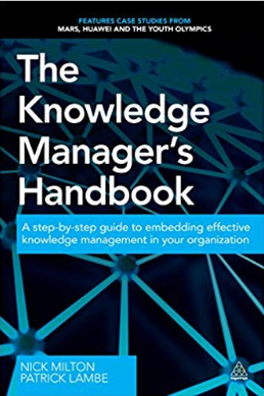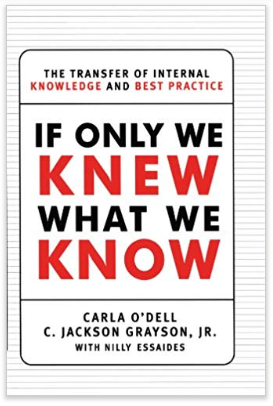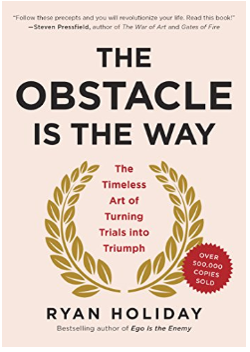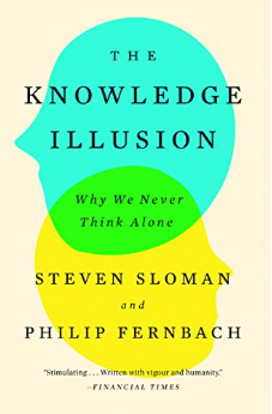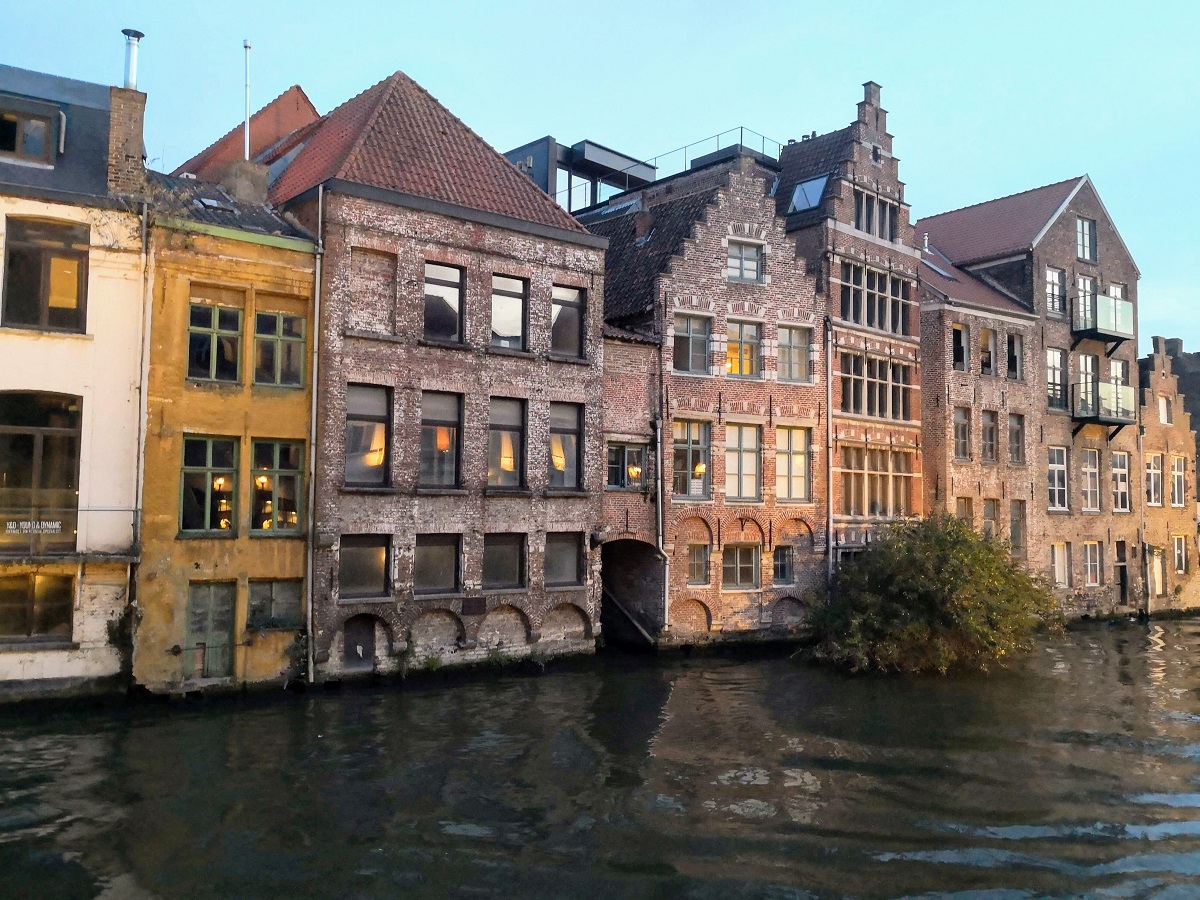During the first two years of the pandemic, I was fortunate to work 100% remotely at Play’n GO and the Digital Workplace Group (DWG). Two world-leading organizations in their respective fields, with many challenges and opportunities. But with no offices (DWG) or offices hours away (Play’n GO), I started to feel isolated. So, after two years of digital team meetings, the time came to do something else. By then, a job I really felt sounded right for me appeared, and since May I am the product owner of the intranet at Malmö Stad with access to three offices although the job is done from home as well.
Since then, I have become a key player in the team, plus met a lot of skilled and awfully nice people who work at Malmö Stad since you can do a difference for a lot of people. I am also a member of the steering group for acquiring a new learning management system (LMS) and a member of a team focusing on Working Smarter. This means I not only feel less isolated. I can also take on a broader approach to intranets and digital workplaces. With 27 000 employees, Malmö City is a big employer, and the better we collaborate and innovate in our teams, the better the service we can provide to the citizens of Malmö, Sweden’s third largest city.
A very rewarding thing that also happened is that I was selected to be one of the judges in the Intranet and Digital Workplace Awards, held by the legendary Step Two people. Humbling and awfully fascinating to see so many skilled and devoted entries, which of course also gave me insights on which kinds of intranets and digital workplaces are awarded and why. I also managed to record the 27th episode of “Att vakna ur meningkrisen” (in Swedish) – my interpretation of the work of professor John Vervaeke. Plus a recording in English on how I use the application Obsidian to structure my knowledge work around the Brothers Karamazov.
I am in a good place now, which you can tell also by me posting more often on LinkedIn. The time has come to work closely with the world-leading experts to see how far we all can take our work.
Photo by Pontus Ohlsson on Unsplash




